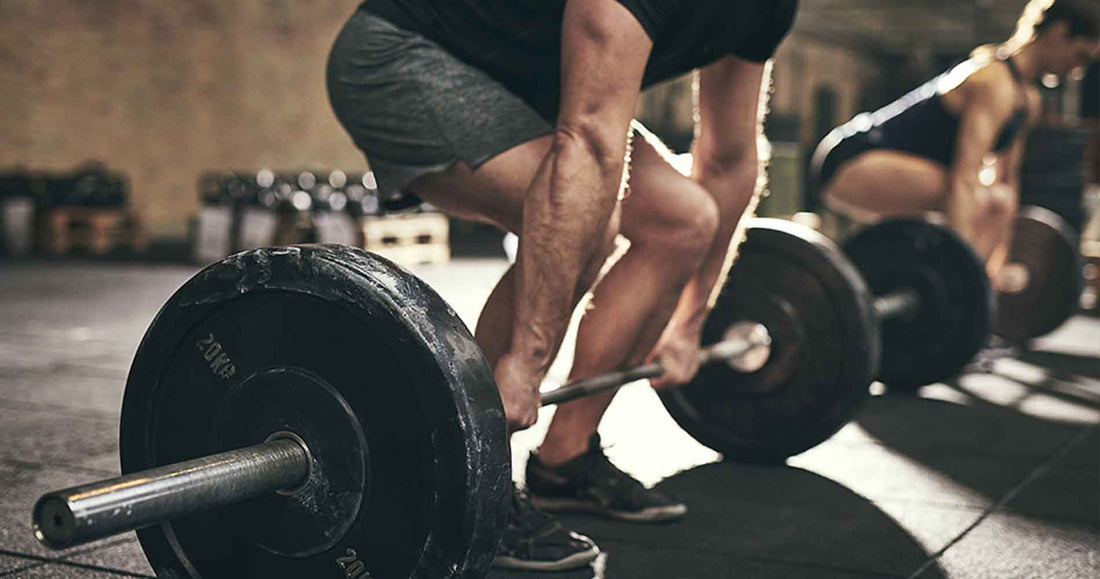When I was growing up in Iceland, I don’t recall anyone lifting weights around me unless they were extremely serious or competing in weightlifting. I played every sport I could—soccer, basketball, team handball, tennis, badminton, volleyball, golf, running—track and field, gymnastics, skiing, judo, table tennis—but never weightlifting. As I’ve grown older I have come to realize how important it is to lift weights and preferably heavy weights. I have come to love lifting weights and for me the bonus is discovering how healthy it is for me to do it.
Lifting weights is a process. You can’t just start lifting heavy from the start and run the risk of hurting yourself because of bad technique. When I first started CrossFit, I had never lifted weights in my life. I completed a thirty-day CrossFit beginners’ course that went through all the techniques, and most importantly the correct techniques in weightlifting.
Most important in my experience is:
- Learn the techniques
- Start off with light weights, especially if you don’t exercise regularly or are new to lifting weights. Choose weights you can easily lift several times without taking a break.
- Try to lift weights at least 2 times a week.
- Create a plan that works for you.
- Don’t be pressured or weight shamed (thinking you need to lift as heavy as the next person)
- Choose your end goal—to lift light weights with more repetitions or heavier weights with fewer reps?
- Have fun
But why is lifting important as you start aging and what does it do for your body?
- After middle age, people loose around 4-5% of their muscle mass per year, which can affect their ability to do routine activities. By lifting weights, you maintain muscle mass throughout life and strengthen the connections between nerves and muscles.
- Lifting weights is the best way to build muscle. It increases the growth of muscle cells because weightlifting boosts the body’s production of testosterone and growth hormone, promoting tissue growth and helping your muscles to get bigger and stronger.
- Lifting weights burns body fat. Muscle tissue burns more calories that fat tissue so building muscle makes your body more effective at burning fat. The combination of a low-calorie diet and weight training results in a greater fat loss than a low-calorie diet and walking.
- Lifting weights strengthens your bones and joints. Having strong bones and joints is important to fight the natural weakening that occurs with age. If bones become too weak, osteoporosis can occur. Full-body strength training is an effective way for premenopausal women to maintain bone mineral density.
- Lifting weights can reduce injury risk. Muscles form the foundation for all the movement, balance, and coordination of the body, so a body strengthened through weightlifting may be less likely to suffer injury. Strength training increases the collagen fiber in your tendons, is vital for bone and muscles, and provides support and flexibility. Strengthening muscle around a joint can increase stability, reduce pain, and even help to relieve chronic conditions such as arthritis.
- Lifting weights can improve heart health. Women who engage in weightlifting had a lower risk of developing cardiovascular disease than those who didn’t lift weights, and people who lift weights for as little as an hour a week may reduce the risk for a heart attack or stroke by 40-70%.
When I was younger, I wanted to be quick and agile, not big and heavy like the weightlifters I saw on TV growing up. Now I realize how important weight training is and how it can help you as you grow older. I never go for a PR (personal record), I like to lift light with many repetitions. That is right for me and I don’t let anyone pressure me into something else.
I recommend you create your own path, but in order to do that, start with the right foundation. I hope you have a lot of fun, many weightlifting years and good health ahead of you.






